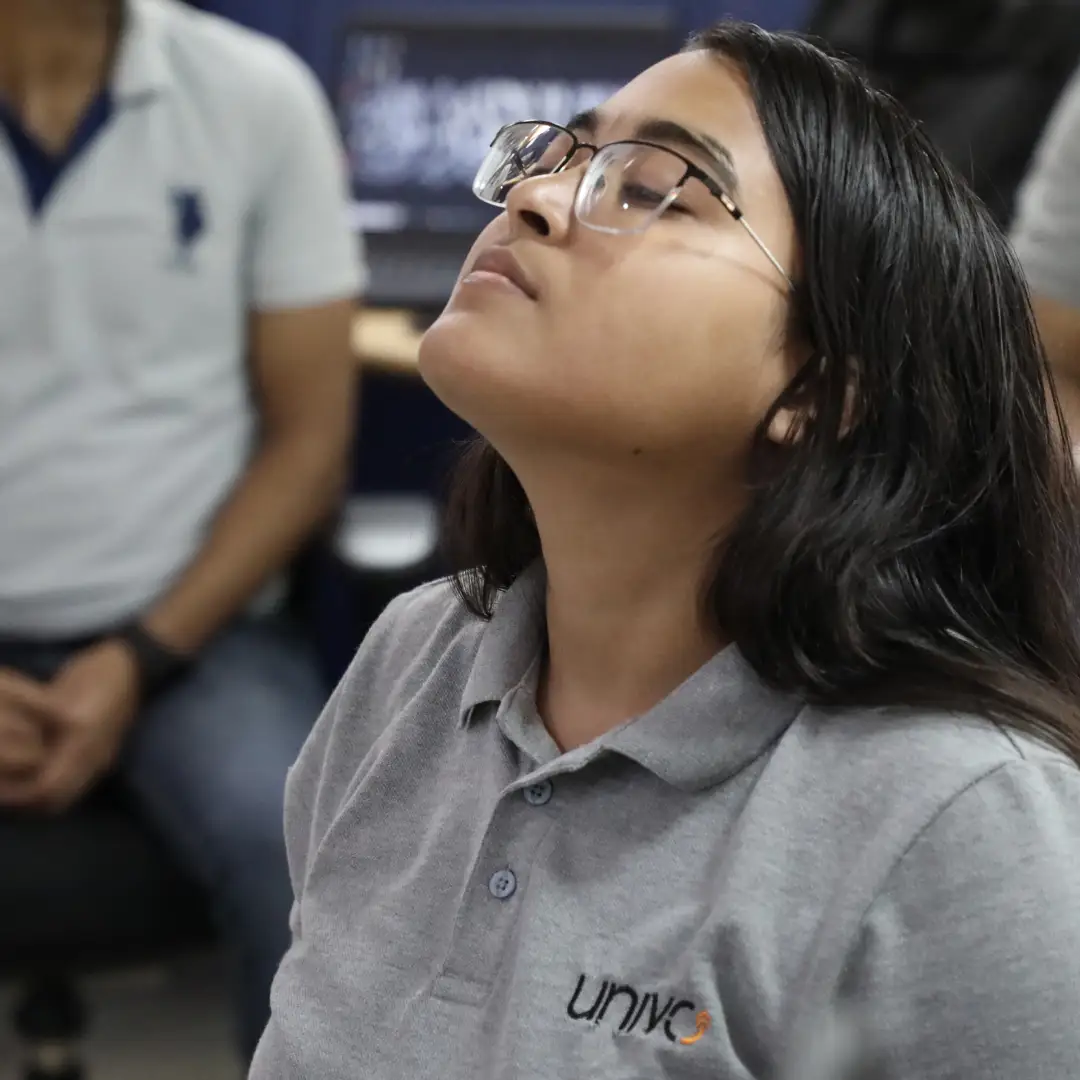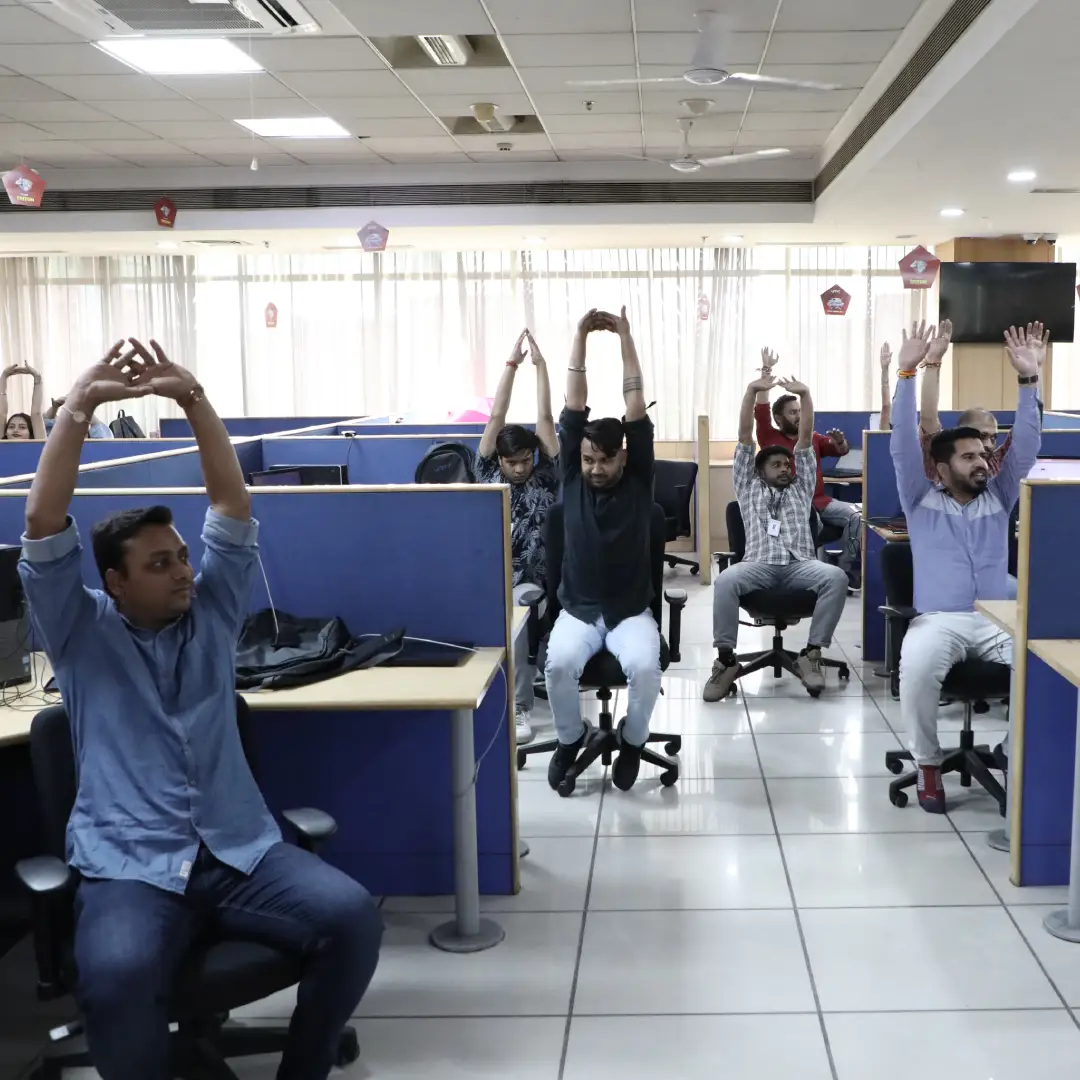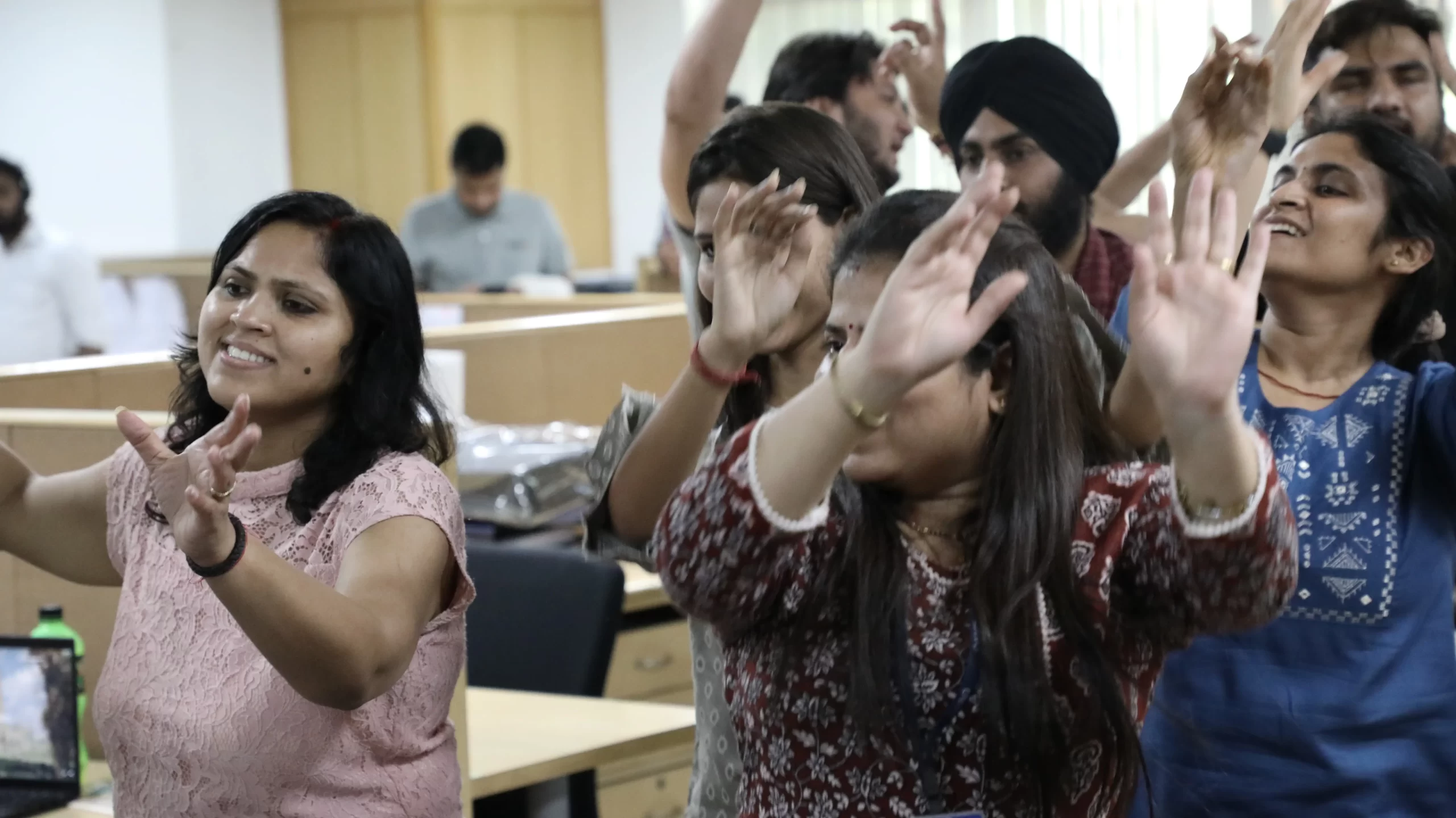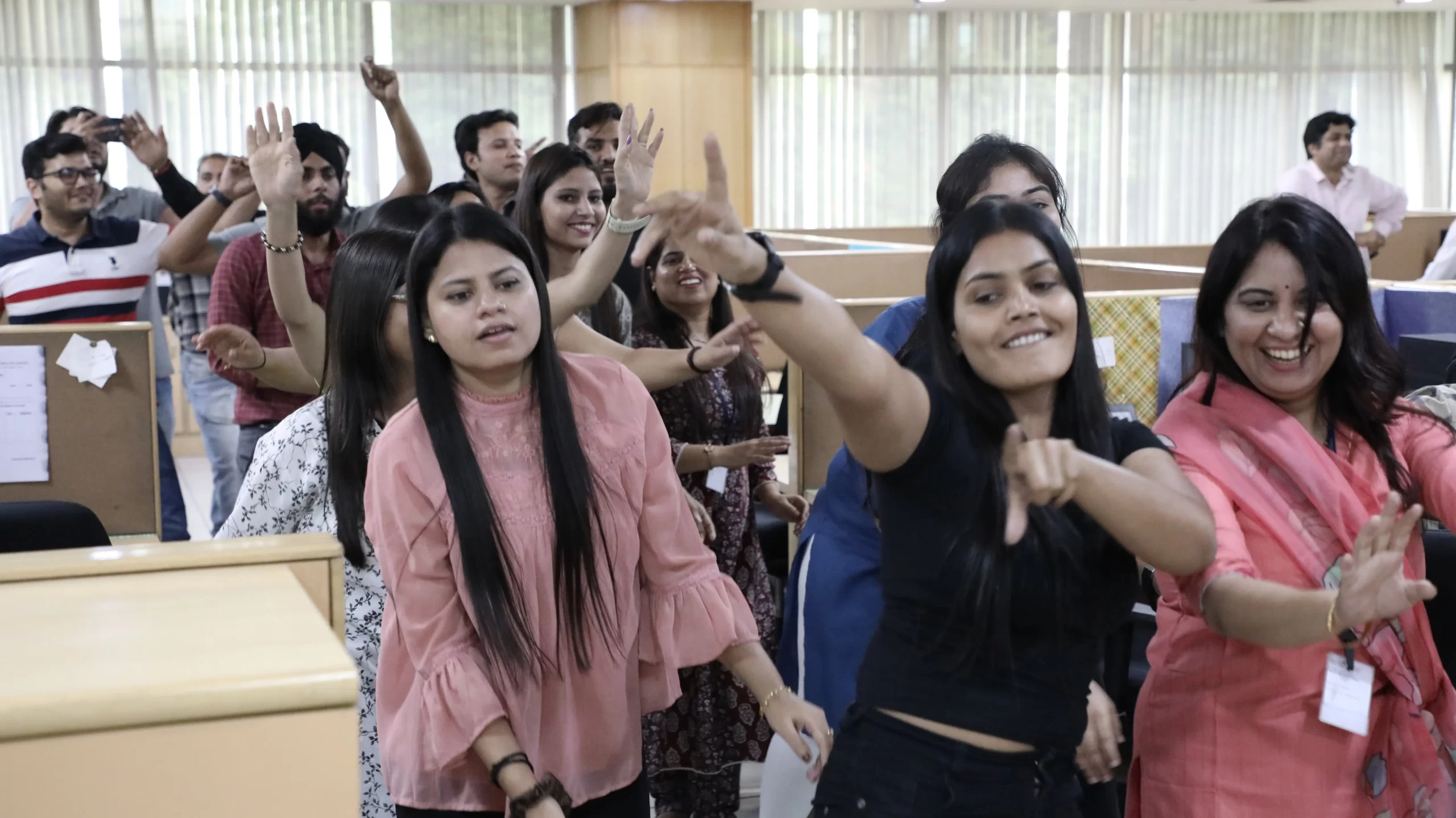
Yoga and Meditaion
YOGA AND MEDITATION FOR EVERYONE
Yoga and meditation are practices that have been developed over thousands of years and have their roots in ancient Indian philosophy and spirituality. While they are distinct practices, they are often closely related and can be used in conjunction to promote physical, mental, and spiritual well-being.


1: Physical Practice: Yoga involves physical postures, movements, and stretches designed to improve flexibility, strength, and balance. These postures are often referred to as “asanas.”
2: Breath Control: Pranayama, or breath control, is integral to yoga. Practitioners learn to control their breath through various techniques to enhance their physical and mental well-being.
3: Mental Discipline: Yoga also encompasses mental discipline and concentration. It encourages mindfulness and self-awareness, helping individuals stay present in the moment.
4: Mindfulness: Meditation is a mental practice that focuses on training the mind to achieve a state of heightened awareness and consciousness. Mindfulness meditation, in particular, involves paying non-judgmental attention to the present moment.
5: Concentration: Some forms of meditation involve concentration on a specific object, thought, or mantra, aiming to quiet the mind and reduce mental chatter.
6: Spiritual Exploration: For many, meditation is a spiritual practice used to explore the nature of reality, the self, or to seek enlightenment. Meditation can be practiced in various forms, including mindfulness, transcendental, loving-kindness, and Zen meditation, among others. It is often used for stress reduction, relaxation, and improving mental clarity.
Why is Yoga Considered Important?
Yoga is considered important for various reasons, and its practice has gained popularity worldwide due to its numerous physical, mental, and emotional benefits.
Physical Health:
Flexibility
Yoga involves a wide range of stretching and postures that can improve flexibility and range of motion in the joints and muscles.
Strength
Many yoga poses require the use of body weight for resistance, leading to increased muscle strength and endurance.
Balance
Yoga postures often challenge balance and coordination, helping individuals improve their stability and proprioception.
Pain Relief
Regular yoga practice has been shown to alleviate chronic pain conditions, such as lower back pain and arthritis.
Mental Health:
Stress Reduction
Yoga promotes relaxation and stress reduction through controlled breathing and mindfulness techniques, which can lower cortisol levels and alleviate stress.
Mental Clarity
Practicing yoga enhances mental clarity, focus, and concentration, helping individuals make better decisions and improve cognitive function.
Emotional Well-being
Yoga can have a positive impact on emotional health by reducing symptoms of anxiety, depression, and mood disorders.
Self-awareness
Yoga encourages self-reflection and self-awareness, promoting a better understanding of one’s thoughts and emotions.
Spiritual and Philosophical Growth:
- Spiritual Exploration: For those seeking a deeper spiritual connection, yoga provides a path for self-discovery and exploration of the inner self.
- Philosophical Guidance: Yoga philosophy offers insights into ethical and moral living, encouraging individuals to live a balanced and harmonious life.
- Mind-Body Connection: Yoga fosters a strong mind-body connection, allowing individuals to better understand their bodies and their relationship with the world around them.


Lifestyle and Behavior Changes:
- Healthy Lifestyle: Yoga often encourages a healthier lifestyle by promoting mindful eating, regular exercise, and reduced consumption of harmful substances.
- Mindful Living: Practitioners of yoga often adopt a more mindful approach to life, making conscious choices and cultivating gratitude and contentment.
LOVE ZUMBA
Why is Meditation Important?
Meditation is a practice that holds significant importance due to its numerous physical, mental, and emotional benefits. It has been practiced for thousands of years in various cultures and is increasingly recognized and embraced in today’s fast-paced world.
While yoga and meditation can be practiced separately, they are often combined to complement each other. Many yoga classes incorporate a meditation or relaxation component at the end of the physical practice to help practitioners achieve a state of calm and mental clarity. Both practices have been shown to have numerous physical and mental health benefits, including stress reduction, improved flexibility, increased focus, and enhanced overall well-being.
The popularity of yoga and meditation is evident through the numerous yoga studios, meditation centres, wellness retreats, and online resources available worldwide. These practices have become integral to many people’s lives, transcending cultural and geographical boundaries to promote physical, mental, and spiritual well-being.
OUR WORK











EXCELLENTBased on 179 reviews Trustindex verifies that the original source of the review is Google.
Trustindex verifies that the original source of the review is Google. SHRUTI GN2023-10-06Very good experience .. very punctual and supportive staff.Trustindex verifies that the original source of the review is Google.
SHRUTI GN2023-10-06Very good experience .. very punctual and supportive staff.Trustindex verifies that the original source of the review is Google. Tripti Aggarwal2023-10-06CONVENIENTLY LOCATED. As you know we really appreciate and enjoy the morning workoutsTrustindex verifies that the original source of the review is Google.
Tripti Aggarwal2023-10-06CONVENIENTLY LOCATED. As you know we really appreciate and enjoy the morning workoutsTrustindex verifies that the original source of the review is Google. urvashi pant2023-09-02Super fun, high intensity workout, easy steps to follow. We enjoy each and every session with our highly energetic Zin Nisha. Have enjoyed each and everyday since I joined....❤️?♥️Trustindex verifies that the original source of the review is Google.
urvashi pant2023-09-02Super fun, high intensity workout, easy steps to follow. We enjoy each and every session with our highly energetic Zin Nisha. Have enjoyed each and everyday since I joined....❤️?♥️Trustindex verifies that the original source of the review is Google. Gunika Kaur2023-08-12Nisha and Shwet conducted dance session for us at Birlasoft Limited. Their energy levels are so high and unbelievable! They engaged the crowd so well. Everybody thoroughly enjoyed the evening! Thanks a lot rockstars ?
Gunika Kaur2023-08-12Nisha and Shwet conducted dance session for us at Birlasoft Limited. Their energy levels are so high and unbelievable! They engaged the crowd so well. Everybody thoroughly enjoyed the evening! Thanks a lot rockstars ?
